BRAISING Beans Makes ALL the Difference!
Let’s talk about beans. Don’t you love how there’s no nonsense about them? They’re packed with iron, fiber, and loads of phyto-nutrients. And they’re so consistently THERE. They store well, they’re versatile, they can always stretch the grocery budget, and they’re convenient.
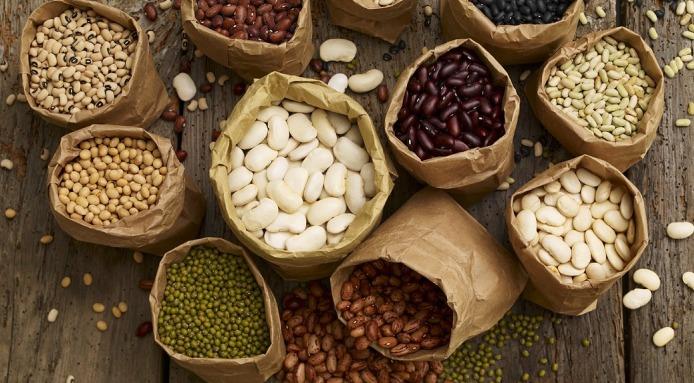
First, let me be clear. It’s dried beans that are best. Sure canned beans are good in a pinch. But the texture and flavor of homemade beans are far superior to the canned variety (more in-tact nutrients and no tinniness!). Plus dried are far more economical than the canned version. And once cooked, dried beans last in the refrigerator for a week or in the freezer for months.
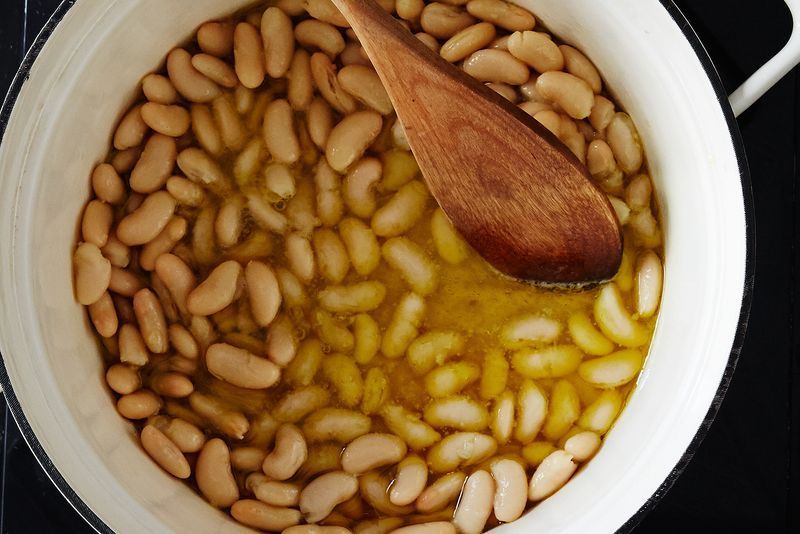
All these virtues aside, beans can also be a meal that you actually look forward to eating. But the trick for this to happen is in braising. Beans should be braised. Did you know that? I didn’t. Well, to be precise, I didn’t know what braising is. I do it though, and you probably do, too.
When you braise your beans it turns them from kidney-shaped protein packets into something silky, luxurious, and covetable. One note: Since we don't always live in the ideal world, and you may not have time to use dried beans, don’t fret—canned beans take to braising like a fish to water. The point is, though, canned or dried, braising will increase your beans' appeal tenfold.
And more good news: Any bean will work. Cannellini beans work well if you're aiming for an Italian-esque dish, though Gigante beans are delicious, too, and their large size equates to creamier interiors. Pinto, Great Northern, Borlotti, kidney, and black beans are all excellent options, as well.
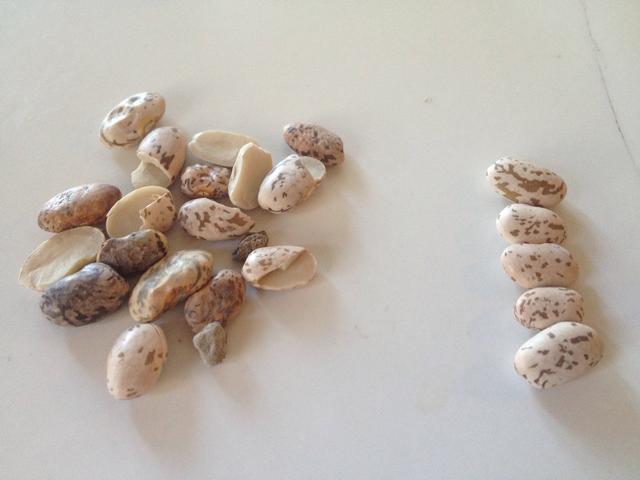
One thing you do want to factor in to any bean dish, though, is how old your beans are. In this photo, compare the old beans on the left to the fresh dried beans on the right. Here’s what Food 52’s (www.food52.com) researcher, Sarah Jampel has to say on this subject: “Dried beans: When the world ends, they will still be in your pantry, ready to become soup at a moment's notice. Right? Not so. Just because you can keep dried beans forever does not mean it will be helpful.
“Old beans will take longer to cook, and the oldest beans will stay tough and chewy no matter how long they simmer. If you find yourself cooking pre-soaked beans for more than two hours, and they just will not soften, you know they should’ve been tossed.”
Fresh beans are dried to extend their shelf-life—but not to immortalize them. Dried beans are best in year one, not as good or creamy in year two, and "stiff" from then on. Dried beans were never meant to be timeless.
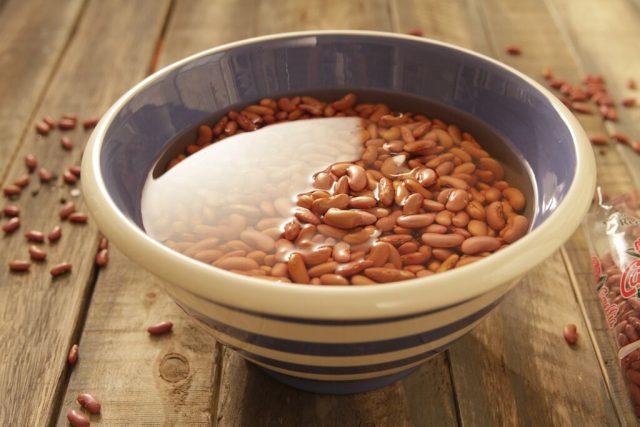
With the housekeeping out of the way, on to braising. Braising is nothing more than hours of soaking and hours of cooking and cooking, smashing and mushing the beans as you go. This allows the layers of flavors to meld and intensify.
If you're using dried beans, everything can happen in one pot. Once your legumes are cooked (which can take anywhere from thirty minutes to two hours depending on your cooking method, the age of the beans, and their size), along with the onion and carrot and bay leaf and herb stems and whatever else you threw in to flavor them, just keep simmering; as the liquid reduces, smash some of the beans with the back of your spoon. Keep stirring, smashing, and reducing until the whole thing is silky, creamy, and as thick as you'd like.
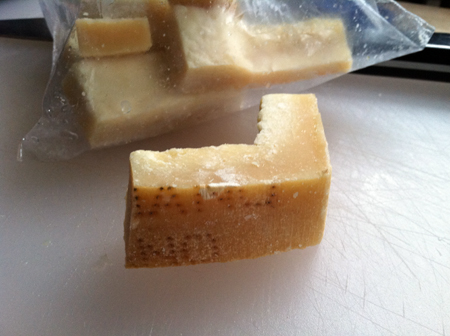
If you're using canned beans, strain them, rinse them, and tip them into a large pot which contains some softened alliums (garlic and onions), and if possible, sautéed carrots and celery. You’ll want to add a generous glug (or two) of olive oil. Throw in some thyme or rosemary stems and even a Parmesan rind, if you have one kicking around in my freezer (see my article “Savvy Reasons to Save Your Rinds!).
Cover everything with broth (vegetable or chicken work best), and bring it to a simmer. Turn down the heat and cook until the beans are very tender. This typically takes around 30 minutes, but you can leave them going for longer if you have the time—they'll only improve.
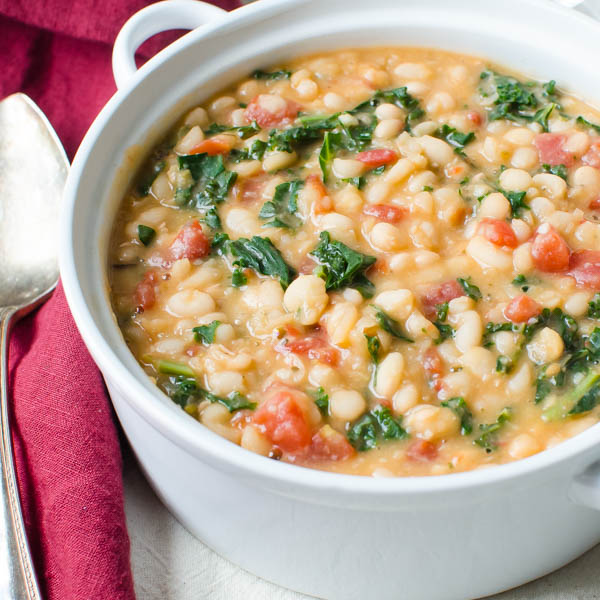
Periodically smash some of the beans against the side of the pot with the back of a spoon to thicken the whole situation into something on the spectrum between a thick stew and a smooth purée. And there you have it, braised (aka flavorful and silky) beans!
- www.finedininglovers.com
- www.food52.com
- www.snapguide.com
- www.camelliabrand.com
- www.debbiekoenig.com
- www.garlicandzest.com
 Alice Osborne
Alice Osborne
Weekly Newsletter Contributor since 2006
Email the author! alice@dvo.com
